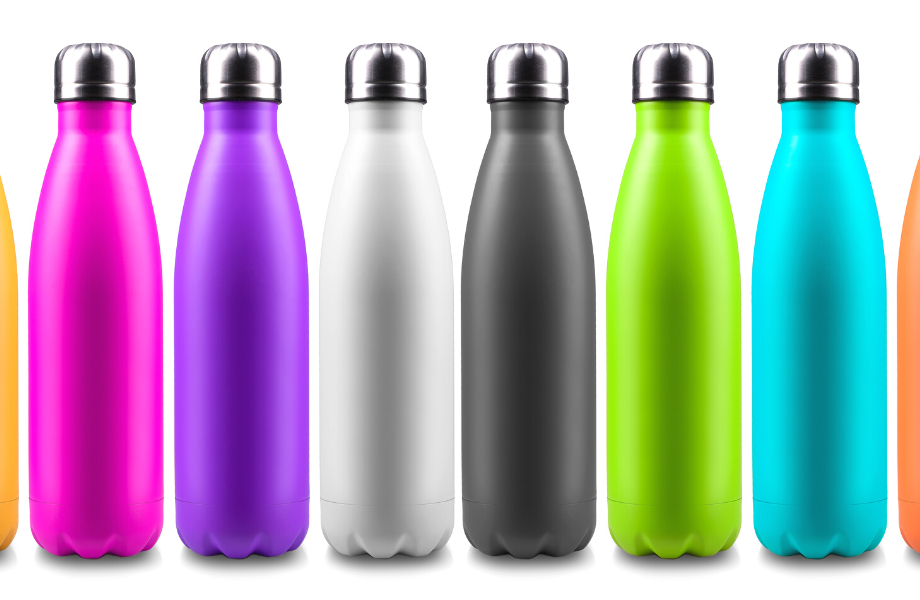Project roadmap
The term ‘model making’ covers many different things, as models can be required to perform a wide variety of roles. As we explained before, we tend to refer to design verification (‘reality check’) models, presentation models, advanced prototype models and architectural models. The approach we take to each project depends what type of model is required and where the customer is in their product development journey.
Because no two projects are the same, we do not provide an online form for model making enquiries. Typically, our customers send us a PowerPoint file detailing colours and finishes, etc. If it is of help to the customer, we can also meet in person or virtually to discuss their project.
Once we have gathered all the information needed, we can decide how we will approach the project, including the techniques and technologies we will use and the tolerances to be achieved. Having done that, we will quote a price and lead time.
Up-front design
For some model making projects, our in-house CAD Team play an important role. This might be because the customer only provided sketches or 2D drawings, or it could be because we have suggested minor changes to the design for ease of manufacture.
There are some models for which the most expedient approach is to modify existing products or standard off-the-shelf components. Sourcing these is an important element of the up-front design phase of a model making project, as we need to be certain we can procure what is required.
Technologies
One of the key skills of a model maker is knowing which techniques and technologies to use. Our model makers are fortunate to have direct access to state-of-the-art equipment, all of which is in-house. If parts need to be 3D printed then we have a choice of technologies available; to complement these, we have CNC milling and turning, laser cutting and vacuum casting.
- SLS (Selective Laser Sintering): a cost-effective 3D printing technology for building visual and functional parts from nylon powder.
- SLA (stereolithography): a 3D printing technology that builds parts by curing photopolymer resins with light. Parts are characterised by good accuracy and surface finish.
- PolyJet: a multi-material 3D printing technology. Different materials can be printed simultaneously, and materials can be combined to create ‘intermediate’ grades.
- DLP (Digital Light Projection): a high-accuracy 3D printing technology that is similar to SLA but faster. DLP prints high-quality parts with a good surface finish.
- CNC machining: a versatile, quick and cost-effective way to produce high-accuracy one-offs or small quantities in metals, engineering plastics and other solid materials.
- Vacuum casting: a versatile means of making small numbers of polyurethane parts with mechanical properties similar to a variety of injection moulded polymers, including elastomers.
- Laser cutting: a quick and cost-effective means of cutting 2D profiles from thin sheet material. The same equipment can also mark and engrave surfaces.
If need be, we can source sheet metal components, springs, investment castings or metal 3D printed parts. We have developed a network of trusted partners, so we can source whatever is required for making models.
Materials
Almost any material can be incorporated in models. PolyJet can 3D print parts that have a range of different material properties, and PolyJet parts can even have different sets of properties within the same 3D print – such as to mimic overmoulded elastomeric grips.
With vacuum casting, parts can be as hard and rigid as glass-filled nylon or as soft and flexible as low-modulus elastomers.
If CNC machining is required, we can source most solid materials, including metals, alloys, plastics and tooling board. If exotic alloy parts are required, we tend to outsource the machining to specialists who have the correct tooling, together with the necessary knowledge and experience.
Our vacuum casting facilities also enable us to overmould parts. Typically, this would be to add elastomeric grips to metal, plastic or vacuum cast polyurethane parts. Insert moulding is another option for vacuum cast parts. Sometimes this might be for adding threaded inserts to the part, but we can also CNC machine parts for insert moulding, perhaps where the material properties of the metal are required, or where tight tolerances are specified.
Finishes
The choice of finishes for models is, like the choice of materials, almost unlimited. Typically, components will be primed and painted prior to assembly, but the model’s intended use is a key factor in determining what finish(es) to apply. If the model contains functional electronic componentry, then the housing might have an EMI/RFI resistant coating applied to the internal surfaces.
Blackout coatings are another popular choice for internal surfaces, and vacuum metallisation achieves highly reflective surfaces.
Clear components might be polished and/or lacquered to improve clarity, or they could be partly polished/lacquered and partly painted.
Metallic components are usually left as machined if they are purely functional, but there is the option to polish or paint them. Alternatively, they can be electroplated or have other specialist finishes applied, depending on the metal used and the functional/aesthetic requirements.
Final details
For models that need to look identical to production parts, the final touches make a huge difference. We can therefore apply text, symbols, logos or other graphics by means of decals or pad printing. In part 1 of this article, we discussed custom display and transit cases. Another option for consumer goods is product packaging to make the model look even more like a production item. Packaging takes many forms and we can either produce it in-house or outsource it to a specialist.
Learn more about model making
To find out more about professional model, visit our website.



